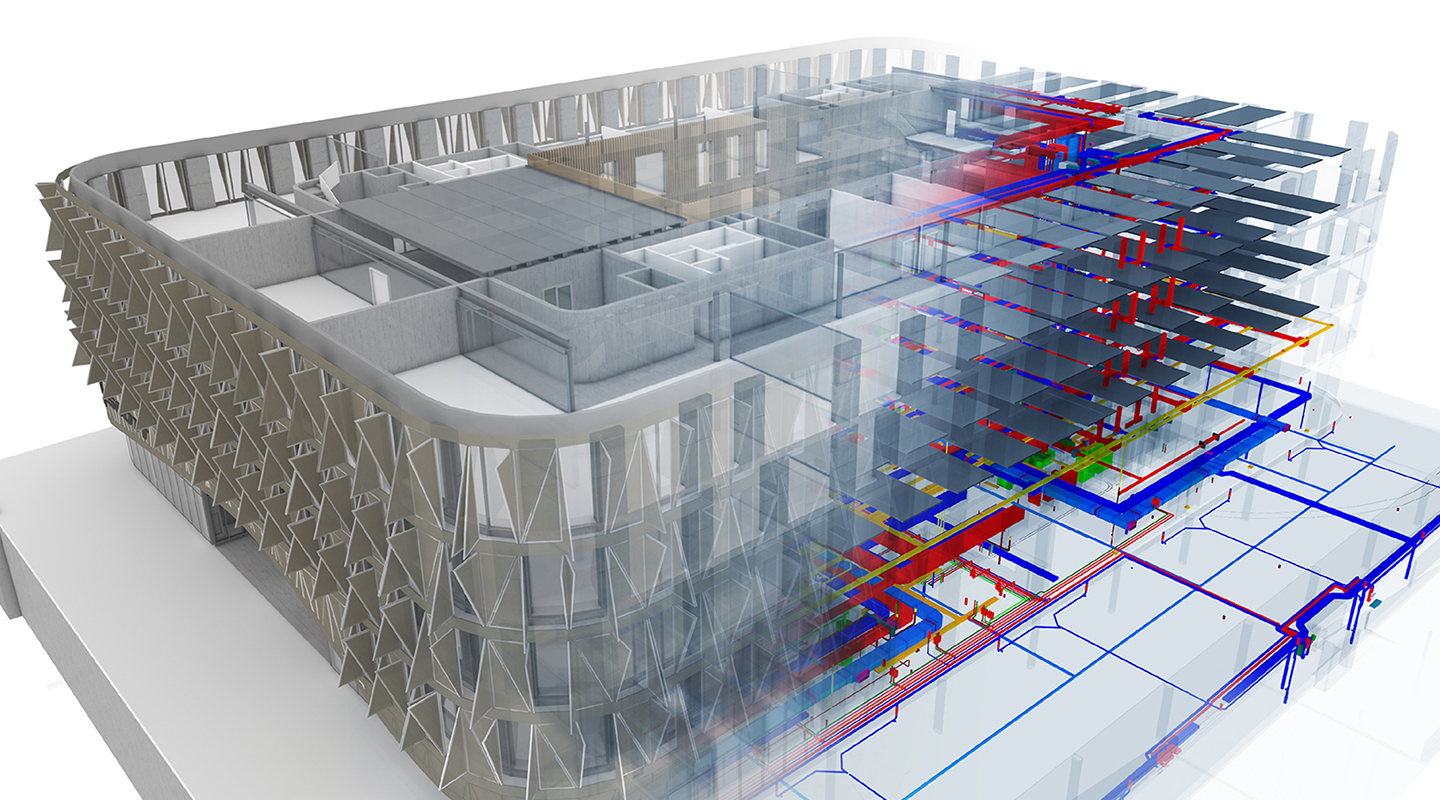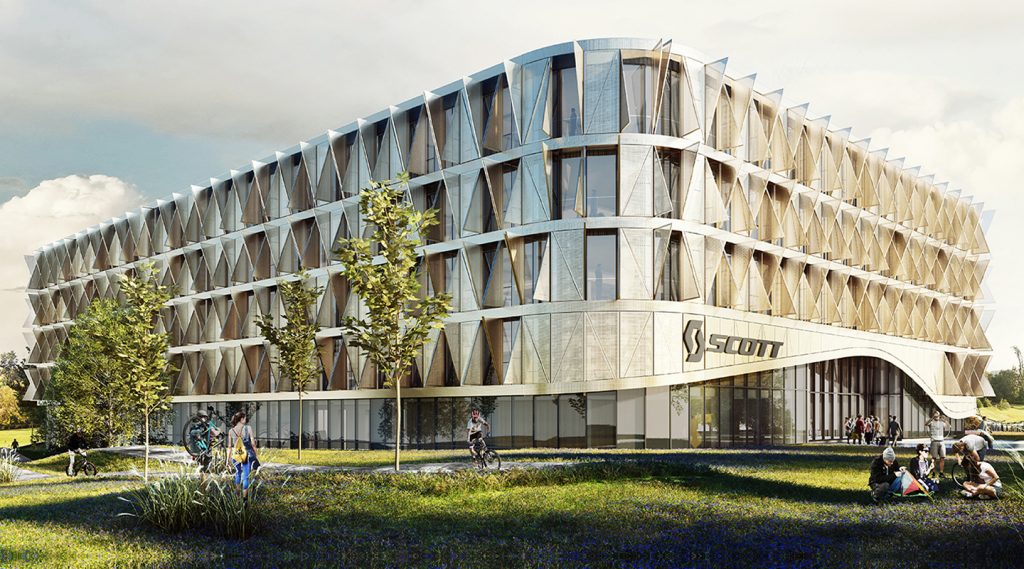3D Modeling has become an industry standard in the architecture community. In a heavily digital age, it’s important to be able to create visuals of a planned space that are ready to share with collaborators and clients alike. IttenBrechbühl of Switzerland knows first-hand about the importance of accurate file sharing for project collaboration, and that the most effective way they could have accomplished such a feat is with the BIM capabilities of Vectorworks.
.jpg)
Scott Headquarters, courtesy of IttenBrechbühl.
IttenBrechbühl’s first experience with BIM came in 2011 when they set out to construct the SwissFEL research facility. The lessons they learned came in handy when designing the Scott Headquarters a year later — specifically the naming and structure of levels and classes, the use of stories, wall and door styles, and symbols, the definition of the project origin, and the handling of IFC data.
Curious about how Vectorworks does Big BIM?
Staying on the Same Page with BIM
Clarity is key when working across teams and BIM emphasizes the advantages of communication via models. IttenBrechbühl saw this in just the simplicity of their meetings after adopting BIM. Suggestions that would typically take extra time to implement could instead be enacted in real time during their meetings.
This is a benefit for many reasons — it speeds up the design process, it enhances communication, but most importantly it incorporates feedback from the perspective of the entire project team, allowing real-time changes during meetings rather than needing multiple review sessions.
Worry-free Data Transfers
BIM models are a great way to share ideas with teams and clients, but without the ability to share these files, what good are they?
Industry Foundation Classes (IFC) are built on the freedom to choose your design software without having to worry about file type when importing or exporting. Vectorworks’ IFC compatibility means designing and sharing without anyone worrying about data — especially BIM data — getting lost in the transfer.

Scott Headquarters, courtesy of IttenBrechbühl.
And with these high-fidelity transfers, IttenBrechbühl can do more with their designs, like finding spatial solutions for more complex aspects of the project, a step that is traditionally overlooked in 2D sketching. By identifying these spatial solutions in the design phase, IttenBrechbühl saves both time and money later on in the process.
To learn more about IttenBrechbühl’s success, read the full case study here.





